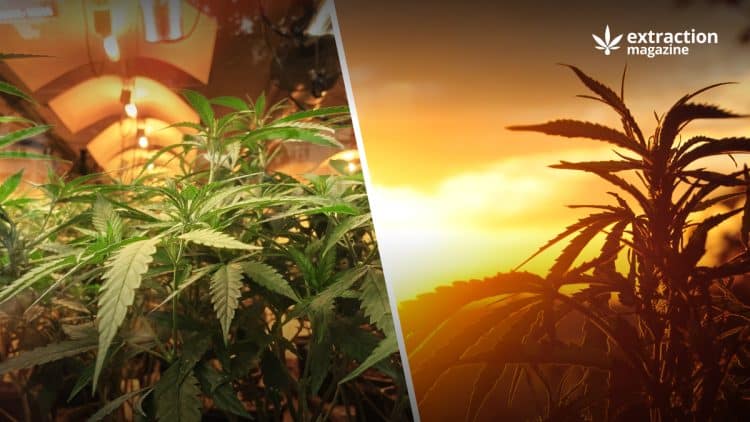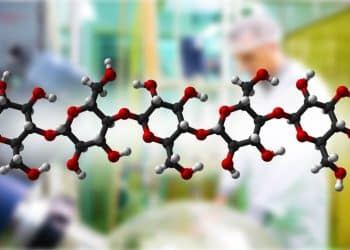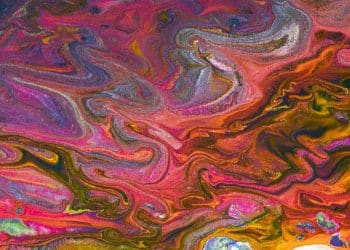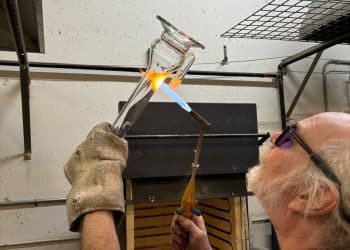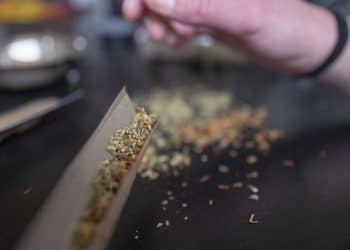As the laws surrounding cannabis continue to evolve across the globe, interest in cultivating and harvesting the plant for both recreational and medicinal purposes is subsequently growing. As a result, there is a heightened interest in understanding the precise chemical makeup of cannabis, particularly in terms of growing plants indoors vs outdoors.
An expanding body of research continues to uncover the vast potential benefits that cannabis and its compounds have on the body and mind. Yet the environment that the plant is grown in could make a big difference in the final chemical composition and determine if the inflorescences or the cannabis-derived products could be used in the medical or recreational markets.
How Does The Environment Impact the Cannabis Chemical Profile?
The chemical profile of the cannabis plant, composed of cannabinoids, flavonoids, terpenoids, and sterols among other compounds, is affected by both the plant’s genetics and the growing environment. As such, the effects of various cannabis strains are associated with the differences and quantities of these metabolites.
Cannabis can be grown outdoors like a traditional crop with full sunlight and other environmental factors. It can also be effectively grown and harvested indoors with the use of artificial lighting in a controlled environment. Information on how indoor vs outdoor growing factors affect the cannabis composition is limited.
A recent study was conducted in the effort to shed more light on the chemical differences between indoor and outdoor cannabis crops. [1] The cannabis plants used for the study were the same chemovar but grown in different settings.
The outdoor plants were grown in natural soil under full-spectrum natural light, while the indoor plants were grown in a nutrient-rich growth medium under artificial light in an optimized environment. Both sets of plants were grown in the same season to ensure the most accurate comparison.
Findings from the study showed significant differences between both sets of plants grown in different environments in terms of cannabinoid and terpene profiles. The relative concentration of metabolites in the plant is influenced by the environment the plants are grown in. More specifically, the type of lighting and growth medium significantly impacts the chemical make-up of cannabis flowers.
Environmental Factors Influence the Cannabis Chemical Composition
Cannabis plants grown indoors show a greater incidence of oxidation and degradation of cannabinoids. In contrast, the outdoor plants show more bioavailable cannabinoids.
Various environmental factors influence the final chemical composition of cannabis plants including:
- temperature;
- humidity;
- mineral nutrition;
- soil bacteria.
For instance, certain minerals like nitrogen may help to maximize inflorescence biomass production, while depleting levels of major cannabinoids, such as tetrahydrocannabinolic acid (THCA) and cannabidiolic acid (CBDA). Using fertilizer containing phosphorus may help to increase levels of cannabidiol (CBD), cannabinol (CBN), and cannabigerol (CBG), while reducing levels of tetrahydrocannabinol (THC).
The mentioned cannabinoids, along with many others, may be decarboxylated through lighting, heating, and humidity control.
More Details On Cannabis Growth Environments Should Be Offered To the Consumer
Most recent studies on cannabis have been done on indoor growth environments, with fewer studies conducted on outdoor cannabis crops. More studies should be conducted on outdoor crops to collect info related to the final chemical plant composition induced by different environmental factors.
Given this significant difference between outdoor-grown vs indoor-grown cannabis, it’s important that consumers are informed of the cultivation environment in order to decide the product more suitable for their needs. Often consumers are likely not getting all the necessary information about the compounds present in the cannabis inflorescences they are consuming.
As such, details surrounding the exact environment that cannabis is grown in should be made clear to the consumer, as it has a direct effect on the cannabis chemical profile. More studies should be done in order to understand the differences in terms of chemical composition and relative concentrations of cannabis plants in relation to the growing environment.
References:
- Zandkarimi, F., et al, “Comparison of the Cannabinoid and Terpene Profiles in Commercial Cannabis from Natural and Artificial Cultivation“, Molecules, January 2023, 28(2), 833.
